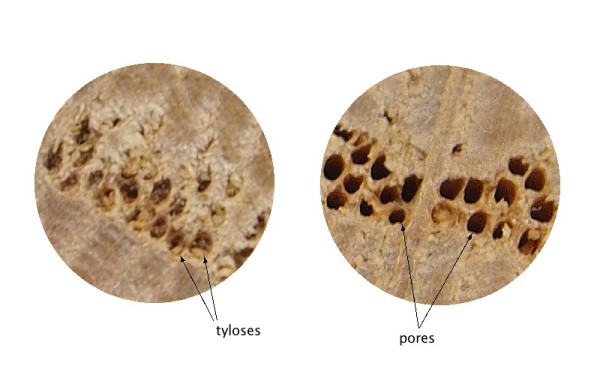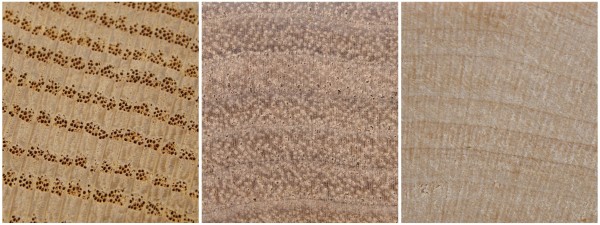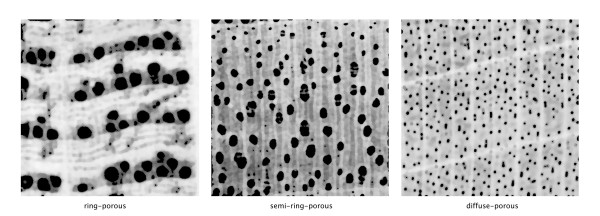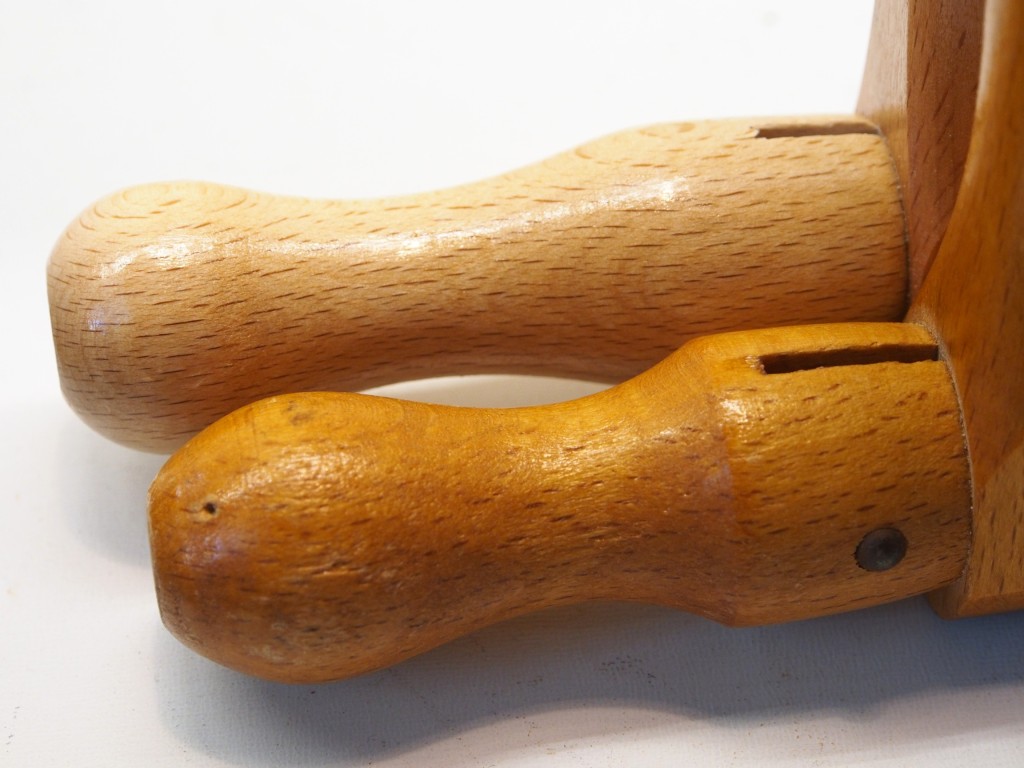There were some interesting mechanisms devised for depth adjustment. Those that stand out were designed by Leonard Bailey.

The first of these, Patent No. 189,415 is for a very sleek looking mechanism with a milled thumbwheel which attaches to a vertical substructure of the plane body via a plate. Underneath the wheel there is a pinion (G), which turns with the thumbwheel and gears into another wheel (H), which has a cam-slot (J). Within the cam slot there is a pin (K) attached to a mechanism (L) which moves longitudinally, and is engaged with a blade using a stud (M), which meshes with holes in the blade (N). As the thumbwheel is turned the mechanism moves the pin within the cam slot, and adjusts the blade up or down accordingly. This was an improvement on a previous patent (No.185,280), for use on a bench plane.

This seems like a really cool mechanism. A further improvement on this mechanism was patented shortly afterwards (also in 1877), Patent No. 196,450, although it was filed before No.189,415. It used the same basic principle, however it used a grooved scroll cut into the upper side of the thumb-wheel. which activated a “follower” which was in turn linked to the blade via grooves in the blade.

These mechanisms appeared in L. Bailey’s patent adjustable “Victor” planes. Beyond that, these mechanisms likely never made it mass production because of the complexity of the mechanism – it was likely too costly to make (like the ornate handles), and may have suffered from mechanical issues such as dirt clogging up the gears/grooved scroll. Here is an example of a No.189415 patent mechanism on a Bailey Victor No.1½.



















